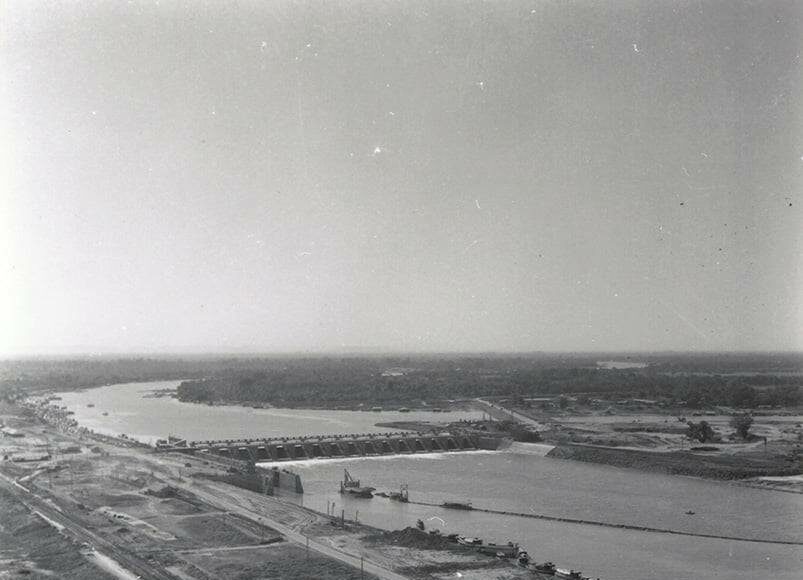By H.E. Mr. Chatri Archjananun, Ambassador of the Kingdom of Thailand to the Kingdom of the Netherlands
Thailand and The Netherlands share a common culture of constructing livelihoods throughout natural and man-made water canals. The Dutch have benefitted from vast canal systems which have enabled trade and commerce to enter the ports of Amsterdam and Rotterdam.
Thais likewise have created klong systems or waterways as channels for transport and irrigation. Due to its large role in Thai culture and society, Thais traditionally host the Songkran Festival in celebration of the New Year which features a country-wide water festival. It is apparent that while water is an essential driver of both economies, it is also a constant dilemma to be managed.

As they say there are “two sides to a coin,” both countries face the constant problem of how to keep flood waters at bay while retaining enough water for its essential uses. Historic nation-wide flooding has been the cause of a traumatic learning curve to both Dutch and Thai society. Thailand’s annual rainy season and heavy rainfall places immense pressure upon the country’s drainage system, natural reserves, and tropical terrain each year. As a major exporter of rice and products of agriculture, the country is heavily reliant on availability of water for irrigation and rice farming. Likewise, The Netherlands continues to manage rising sea-levels by advancing the nation’s countrywide dams which collectively pushes back the sea. The relationship which Thailand has shared with the Dutch has granted Thailand various opportunities to learn and adopt the methods founded by Dutch engineers. Just last year, former Dutch Ambassador H.E. Mr Kees Rade signed an MOU of Cooperation in Integrated Water Management with Thailand to continue the two countries´ joint efforts to share and discuss innovations in the water sector. IHE Delft also contributes to preservation projects in Ayutthaya province, which seeks to prevent flooding of heritage sites.
Thailand’s cooperation with The Netherlands in creating hydraulic systems dates back to 1903 when JH Homan van der Heide, a Dutch engineer, visited Siam and conducted a large study of the Chao Phraya basin and how it played a role in the everyday life of Siamese citizens. His trip to Siam is documented in Han Ten Brummelhuis’s book King of Waters published in the year 2000. According to Brummelhuis, van der Heide discovered that shorter klong systems were “limiting the potential of silt deposits through natural flooding.” Without a solution to the water shortage problem, the Kingdom would also lose significant amounts of national wealth that can be drawn from its rice exports. His notable achievements in Bangkok were his renovations of the local klong systems and extension of waterways that enhanced Siam’s irrigation routes. His engineering talent made him a popular figure in the Royal Court of King Rama V of Siam.
His Majesty King Chulalongkorn prioritized water management and food security throughout his reign, which drew the interest of other European engineers from Austria and United Kingdom to take part in hydraulic projects in Siam. Such developments not only enabled the advancement of agriculture, but also the introduction of running water into households. Thailand later moved towards large scale industrial projects such as the construction of Pasak Chonlasit Dam and the Royal Rainmaking Project which became an internationally-recognized method of alleviating conditions of drought.
A prominent project undertaken by the late King Bhumibol The Great was a water retention system called the Kaem Ling project that was replicated across Thailand as a flood prevention measure. Kaem Ling means ¨monkey cheeks¨ in Thai, and the hydraulic device replicates the way a monkey chews food and stores it in its cheeks for future consumption. His Majesty King Bhumibol The Great had once stated that water is a paradox for Thai people, “when the water comes, there is a flood, when the water recedes there is a drought.”
Today, Thailand continues to send academics and specialists to study water management on the country’s government scholarship program at TU Delft and other renowned Faculties of Engineering in The Netherlands. Current areas of priority for Thai water management includes flood prevention, wastewater treatment, and fresh water production.
———————–